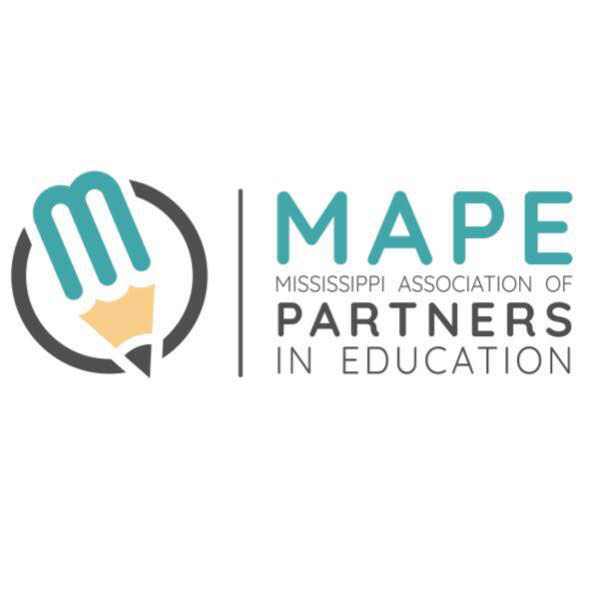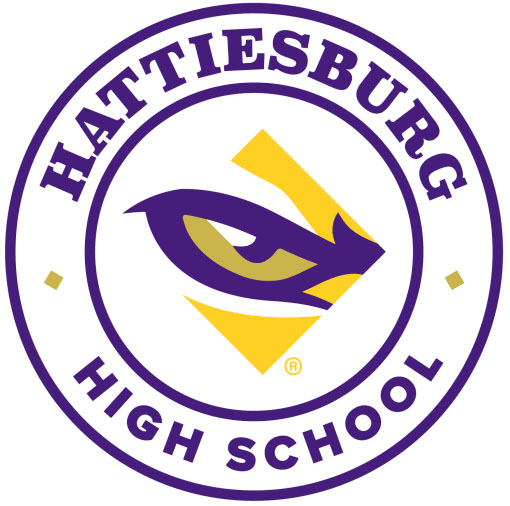USM Center for STEM Education, HHS Collaborative Earns State Association’s Top Award
Thu, 05/16/2024 - 04:18pm | By: David Tisdale

The University of Southern Mississippi (USM) and Hattiesburg High School (HHS) have been working together for the past two years to encourage high school students with an interest in science, technology, engineering, and mathematics to pursue these fields by building engaging laboratory experiences with university scientists both on and off campus.

This successful collaboration has earned the Mississippi Association of Partners in Education’s (MAPE) highest recognition, the 2024 Governor’s Award of Distinction. The Mississippi Base Pair Consortium (MBPC)-Hattiesburg began in the fall of 2022, bringing together faculty and staff from USM’s Center for STEM Education and School of Biological, Environmental and Earth Sciences (Schools of BEES) to support students at Hattiesburg High School. Representatives of the consortium will be presented with the award May 20.
The MBPC-Hattiesburg is a university-school partnership and mentoring program that includes faculty and staff from across the university working with HHS students; additional support comes from Dr. Robin Rockhold at the University of Mississippi Medical Center (UMMC).
MBPC Hattiesburg’s three primary objectives include:
1. Cultivating high school students’ awareness about academic areas related to health
care/ biomedical research.
2. Training these students to function as effective “Communicators of Science” to
laypersons; and
3. Advancing science curriculum development within the school district.
USM Center for STEM Education faculty, including Dr. Julie Cwikla, director; Dr. Kendrick Buford, assistant teaching professor and coordinator of its master’s degree program; and Dr. Julie May, a research scientist, have been working directly with HHS students in their classroom alongside their teacher, veteran physical science educator Mariah Hawkins, who serves as lead teacher for the MBPC Hattiesburg. Dr. Alex Flynt, associate professor of biology and director of the Mississippi IDeA Network of Biomedical Research Excellence (MS INBRE) at USM, organizes lab opportunities with mentors on the USM campus as part of the initiative.
Center faculty and staff spend two days a week in the HHS science lab working alongside Hawkins and her students; then, the high school students come to USM and work in its labs with scientists and university students, an arrangement that Dr. Cwikla describes as “a circle of STEM mentoring, with everyone involved learning about science, science communication, and science careers here in Mississippi."
"Life is about relationships, and we’re so honored that Gov. [Tate] Reeves has recognized the Center for STEM Education's relationship with Hattiesburg High School and the work we do to illuminate STEM pathways and workforce opportunities for South Mississippi," Dr. Cwikla said.
"This type of university-school-community partnership is the hallmark of what we do in the Center for STEM Education. We serve as a connector building relationships and strengthening our regional STEM education ecosystem."
Dr. May says USM faculty support for the students might often resemble “that of a cheerleader, as we strive to motivate students in their pursuit of excellence in science education and STEM careers” while also introducing them to new avenues of exploration and offering collaboration and support to their teachers.
“By showcasing our passion, enthusiasm, and commitment to excellence, we inspire students to follow suit,” Dr. May continued. “Witnessing students gain confidence in their abilities and feeling better prepared for academic success in college is truly rewarding.
“Sometimes, all it takes is to show students the endless possibilities that lie ahead, and provide them with the encouragement to strive for excellence."

The impetus for the MBPC between USM and HHS originally came from Hawkins, who desired for her students to apply, in a tangible way, the knowledge required for the state biology exam. She believed these students needed to conduct experiments for a better understanding of the subject matter, and long hoped for them to have opportunities to conduct hands-on research or shadow professors in a college laboratory setting.
To make that desire a reality, Hawkins reached out to USM to form a partnership with its School of BEES for in-class experiments. Hawkins, along with former USM faculty member Dr. Janet Donaldson, developed a plan to showcase an experiment for the students to complete. The first in-class experiment was successful in a dual-credit biology course. Dr. Donaldson’s graduate students assisted with presenting a short lecture and modeled how to perform the experiment as part of this initiative.
“Our students were ecstatic, as this was the first time they had ‘real’ scientific equipment to use,” Hawkins said. “Dr. Donaldson proposed that we should make the partnership deeper than just a few science experiments.”
After a successful pitch, the HHS/USM MBPC was founded, with the arrangement featuring USM providing the research facilities and expertise to house and teach HHS students foundational skills they can use when they graduate college and beyond. UMMC’s role is to help facilitate the relationship and provide grant funding through the Hardin Foundation.
The HHS/USM MBPC novel partnership offers dual-credit offerings, similar to that of the original Base Pair model designed by Dr. Rockhold between Jackson’s Murrah High School and the UMMC. Over a 30-year period, the program has graduated 100 percent of its students who went on to secure post-graduate degrees. These students also had their research published while still in high school and earned significant amounts of scholarship funding.
“I’m honored to be a part of the program and give all of the glory to God for allowing this opportunity for our students to be exposed to science in a way that most students are not,” Hawkins said. “Our students will receive all the benefits of an undergraduate education and opportunities to be published in cutting-edge research at USM.
“This award further proves it takes a village to raise a child,” Hawkins continued.
“This will pave the way for more Mississippi African American scientists to matriculate
into the STEMM field and provide a broader range of their scope of learning. The team
at USM - Dr. Flynt, Dr. Cwikla, Dr. Buford, and Dr. May - have been a Godsend for
our students. With their help, our students are being cultivated for greatness.”
Learn more about the USM Center for STEM Education; view the following video for information about its graduate programs.